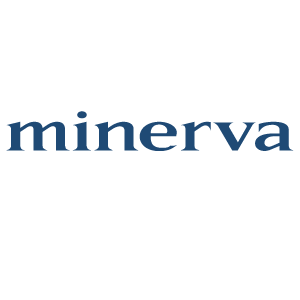Crossing Borders: Smart Fundraising Tips for International Organizations in the U.S.
If there’s one thing the nonprofit world has in common across borders, it’s a shared passion for creating impact. But when it comes to fundraising in the United States, many international organizations quickly realize that passion alone isn’t enough. The U.S. charitable sector is enormous—over a million charities compete for donor attention—yet it’s also one of the most generous markets in the world. For international organizations, the opportunity is real, but so are the challenges.
So, how can your organization stand out and connect with American donors? Here are some key tips to help you cross both cultural and logistical borders with confidence.
1. Understand the Giving Culture
Americans are generous, but they are also discerning. Donors often look for more than just a compelling mission—they want transparency, accountability, and a clear sense of impact. It’s not uncommon for U.S. donors to research organizations through websites like Charity Navigator or the Better Business Bureau Wise Giving Alliance.
Tip: Make sure your website, reports, and messaging highlight outcomes and transparency in a way that resonates with American expectations.
2. Consider a U.S. Presence
One of the biggest hurdles for international organizations is tax deductibility. U.S. donors often prefer giving to IRS-recognized 501(c)(3) charities so they can claim tax benefits.
Options include:
Setting up a U.S. “Friends of” organization—a separate nonprofit that fundraises locally for your cause abroad.
Fiscal sponsorship—partner with an existing U.S. nonprofit that can accept donations on your behalf.
Each comes with costs and administrative responsibilities, but both open doors to larger pools of American donors.
3. Speak the Donor’s Language
Fundraising is as much cultural as it is logistical. Stories that inspire in one country might not land the same way in another. U.S. donors tend to resonate with personal narratives, visual storytelling, and tangible impact metrics (e.g., “$50 provides clean water for a family for one month”).
Tip: Adapt your messaging for U.S. audiences rather than using a direct translation from your home context.
4. Build Bridges Through Partnerships
Don’t go it alone. Many international nonprofits have successfully broken into the U.S. market by partnering with local foundations, diaspora networks, universities, or businesses. These partnerships can provide credibility, connections, and a built-in donor base.
Tip: Research family foundations or community groups with ties to your region of work—they are often more receptive to supporting causes abroad.
5. Harness Digital Tools
American donors are accustomed to easy, seamless giving experiences. A clunky international bank transfer form is likely to send them running.
Consider:
Donation platforms that accommodate U.S. credit and debit cards.
Peer-to-peer campaigns where supporters can fundraise on your behalf.
Recurring giving options (monthly donations are particularly popular in the U.S.).
Convenience matters as much as inspiration.
6. Tell a Global Story That Feels Local
It may seem counterintuitive, but to succeed internationally, you often need to localize. U.S. donors want to see how their gift connects directly to human stories. They don’t just want to help “a program overseas”—they want to know they kept a child in school, supported a farmer, or helped preserve a community’s cultural heritage.
Tip: Frame your global mission in ways that feel personal, accessible, and connected to the donor’s daily life.
Final Takeaway
Fundraising in the United States isn’t just about raising money—it’s about building trust and relationships in a different cultural and regulatory landscape. If your organization is willing to adapt, learn, and partner, American generosity can become a powerful force for your mission.
After all, borders may shape our maps, but they don’t have to limit our impact.
